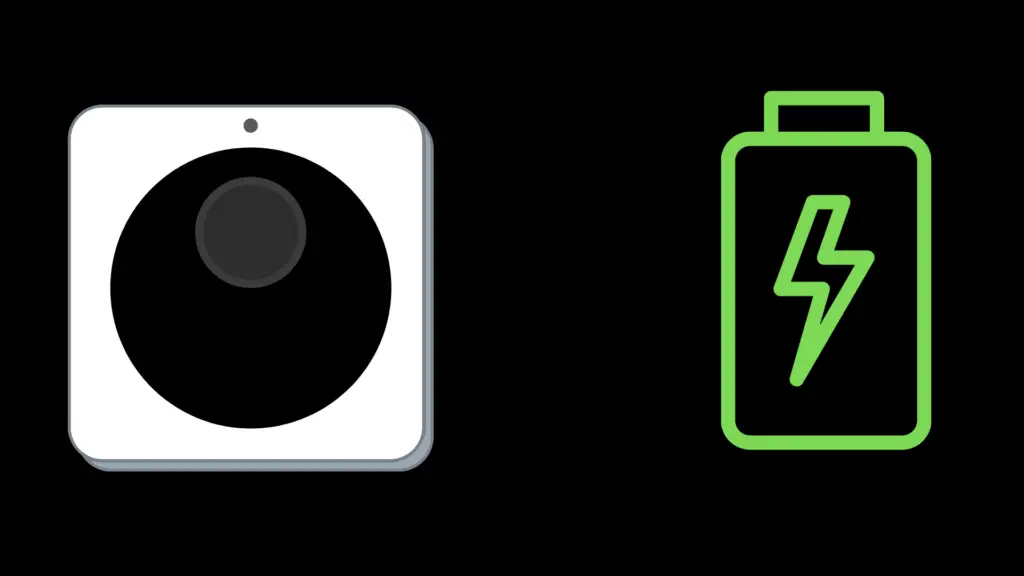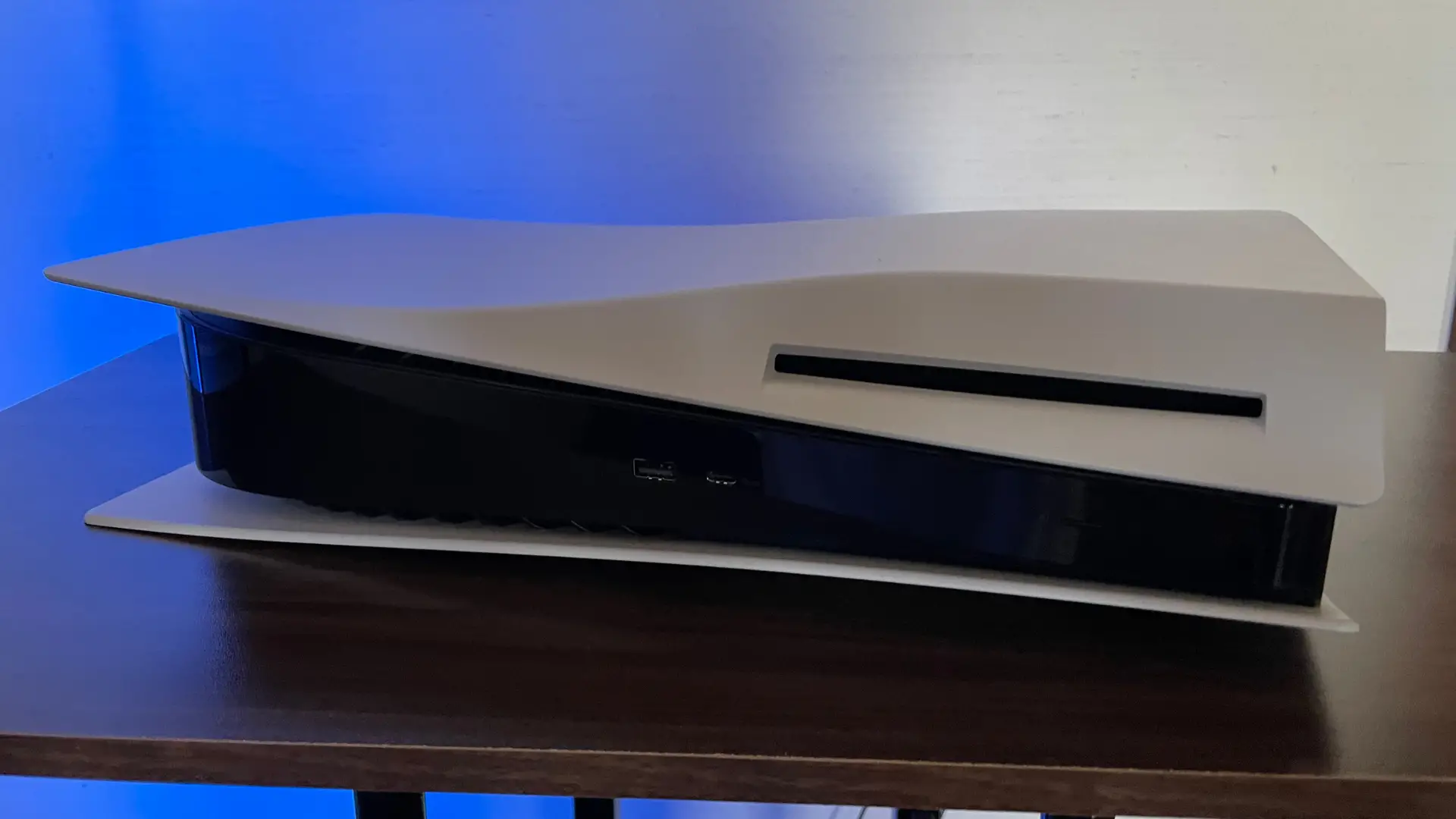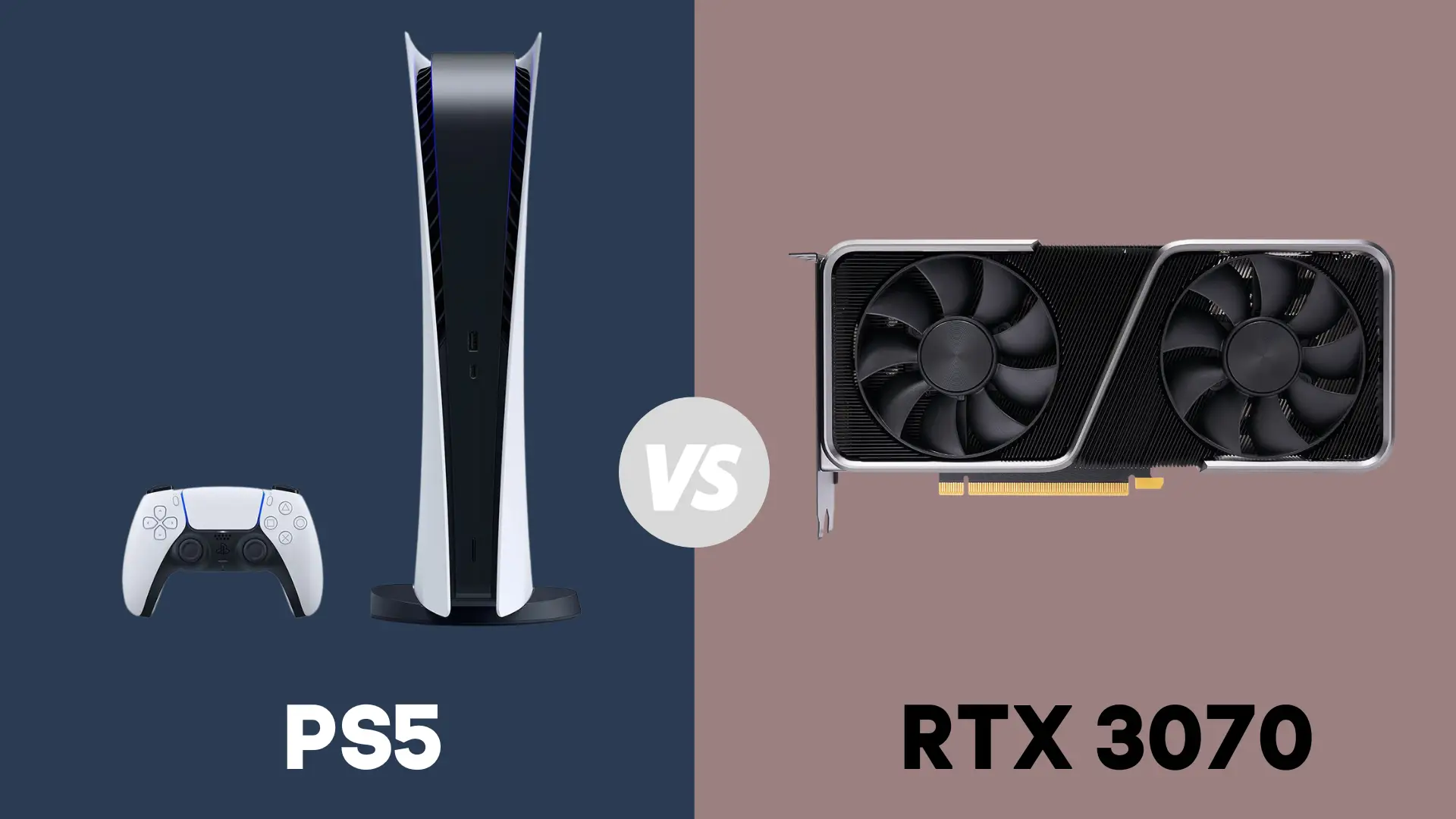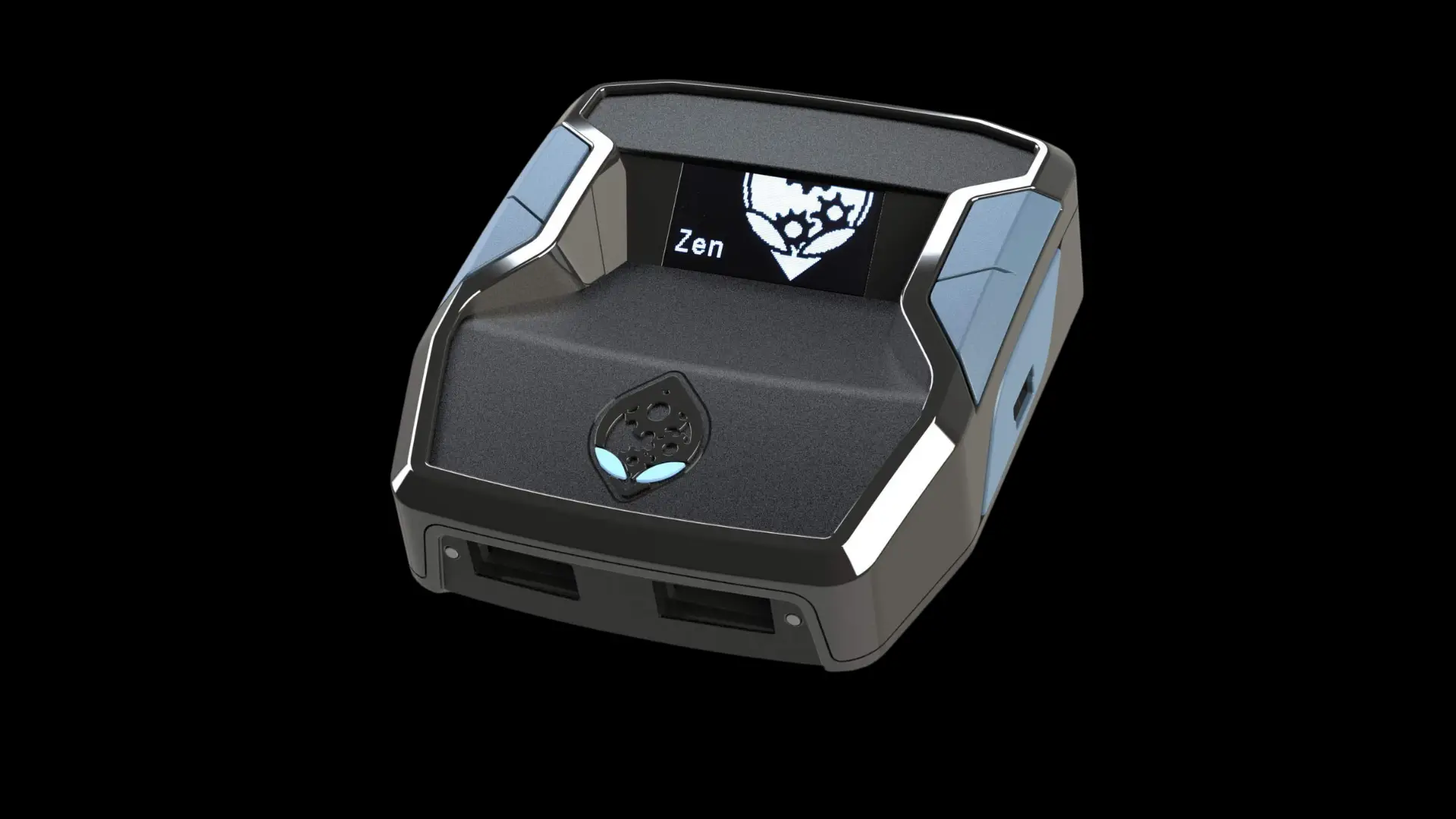How to Charge your Wyze Outdoor Camera

The prospect of recharging an outdoor Wyze camera might be considered a daunting endeavor. However, it is actually a simple task to accomplish by using your choice of an electrical power source that comes with the original unit or by using a small solar panel that is available as an accessory.
The Wyze Cam Outdoor security camera comes equipped with a Base Station and cable. One end of the power cable should be plugged into the camera, and the other into the USB port at the back of the power base. The power base should be plugged into an electrical outlet.
Another option that can be used to recharge the Wyze Cam Outdoor model is a small solar panel that is easy to install and that can keep the battery charged under most weather conditions. Each method has its advantages.
The Electric method of charging
Using electricity to charge the security camera has the advantage of offering a full charge in three to four hours, depending on whether or not the battery is partially charged when plugged in. If the user chooses to record videos, which is possible while the camera is being charged, it may take longer to reach a full charge.
A disadvantage, however, is that the camera will have to be removed out of its bracket and taken indoors to charge. Outdoor cameras are often mounted high on poles and beneath roof areas, so this may entail a ladder. It can be dangerous to leave a camera charging outdoors while connected to a direct source of electricity.
After the camera is removed from its mount it should be taken indoors and situated near the Base Station. A power cord comes supplied with the camera starter pack. The protective rubber stoppers should be moved to one side to allow the cord to be plugged into the side of the camera. The other end should be plugged into the USB port of the back of the Base Station, which in turn, should be plugged directly into an electrical power source. The manufacturer’s instructions warn that this USB port should only be used to charge the Wyze Cam Outdoor model and that one should not attempt to use it to charge other devices.
A blinking light will indicate that the camera is charging. When it is fully charged, the light will change to a steady red color.
Charging the Wyze Cam Outdoor model with solar panel
As an alternative to charging the Wyze camera using the power cord and Base Station, a small solar panel that is manufactured by the same company is available and can be plugged into the camera to keep it trickle charged all day long.
The solar panel is small enough to avoid drawing attention to itself, and can easily remain inconspicuous with careful placement. It also has the advantage of not requiring a ladder and extra work to remove it from its mount for charging. The disadvantage is that it might not charge as effectively during inclement weather or when mounted in areas that do not receive adequate sunshine.
The first time a solar panel is used to charge the Wyze Cam Outdoor security camera, both the solar panel and the cam itself should be fully charged to 100% capacity. The solar panel requires at least ten hours of sunshine prior to its first use. If both the camera’s battery and the solar panel are fully charged, the sun can do its job and keep both items trickle charged. The solar panel is specially designed to work outdoors and unlike the electric option, is weatherproof to withstand the elements.
By definition, recharging the Wyze Cam Outdoor security camera is inevitable. All rechargeable batteries eventually need to be recharged. However, there are methods that can be employed to ensure recharging can be done less frequently simply by following a few pointers.
Additional information
On average, the Wyze Cam Outdoor security camera will need a recharge from one to three months after the last charge. The exact length of time depends on how much energy is consumed by the security camera and the features chosen to be utilized most often. Some of the features that are available on Wyze security cameras consume more energy than others. For instance, less battery power is used when the Live Stream feature is not engaged at all times and is only used as needed. The same is true with the Time Lapse feature.
Motion detection also uses more battery power. This problem can be addressed by placing the camera in an area that receives less traffic. For instance, if motion triggers an outdoor camera on a farm, it would not be a good idea to aim it toward a livestock watering trough or at a store entrance where steady motion can be expected. Placement is the key to greater battery power longevity.
- How to Pair Meta Quest 3 Controllers with Your Quest 3 Headset: A Quick Guide
- How to Charge Meta Quest 3: A Guide to Powering Up Your VR Experience
- How to Cast Meta Quest 3 to Samsung TV: A Step-by-Step Guide
- How To Factory Reset Your Meta Quest 3: A Step-by-Step Guide
- How to Power On and Off the Meta Quest 3





